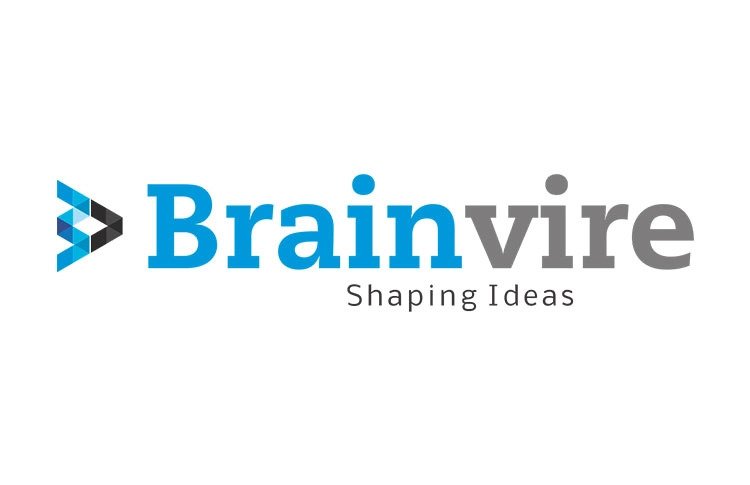
During the initial phase of the COVID-19 pandemic, when businesses suddenly needed digital workspaces to support a remote workforce, the company’s intranet became an inseparable tool for communicating the latest information, guidelines, and signals. But workers also needed a meeting place to communicate and collaborate just like in the office.
For companies using Microsoft Enterprise Services, Microsoft Teams has been the right choice for bringing people together.
The chat-based app from Microsoft has caused quite a stir in the corporate industry since its release. Companies have adopted it as a platform for internal and project-oriented communication and document management. However, there’s still confusion about its exact place in the company’s intranet structure.
The rapid growth and popularity of Microsoft Teams as the communication tool of choice has resulted in a monumental change in the digital workplace.
There are two popular myths about the Teams that people have started to believe-
1. It’s a bolt-on to the intranet where people talk; a diversion and not an essential business tool.
2. All you need is Teams. No SharePoint.
The truth probably lies somewhere in between.
The Digital Workplace Evolution with Microsoft Teams
With millions of employees working from home, the use of Microsoft Teams has grown exponentially. By early spring, organizations started introducing Microsoft Teams at a breakneck speed.
Our typically document-and news-centric intranet is strengthened by Microsoft Teams. Microsoft is designed to be the service application delivery network for the enterprise. When properly leveraged with thought and preparation, it becomes a centralized teamwork hub.
Have a Project Idea?
Want to convert your idea into a successful app or website? Schedule your free call with our expert now.
The Old Digital Workplace Model
The digital workplace has never been as sensitive to business continuity and connectivity as it is now during the COVID-19 pandemic.
Referred to as the “hubs of the digital workplacesâ€, intranets provide companies and their employees with access to the resources, technology, business data, workforce, and any information they might need to carry out their work.
But when the pandemic hit, companies and workers shifted almost instantly. Workers shifting from physical to personal workplaces required greater flexibility. Productivity managers needed more transparency in a more agile way.
The New Digital Workplace Model
The New Digital Workplace Model puts Microsoft Teams alongside the Intranet. These two centers of contact and cooperation work together to enhance interaction and efficiency.
An intranet is a vital tool that links workers to the locations, policies, and people they need to connect with in order to do their work more effectively. This also helps to keep them involved in the ongoing project, providing easy access to resources that are used often. It directs people to the right tools through directories and documents. And it allows them to answer questions quicker and more effectively with self-service solutions.
A good SharePoint intranet will:
- Organize people for long-term projects
- Provide a suitable workflow for managing document creation and deletion
- Serve as a solid internal platform for electronic support
- Allow posting important company announcements without losing them
- Have a document library where everything is easy to find and share
- Is tailored for organizational requirements
Why Microsoft Teams Can Never Be the Intranet You Need?
Teams does not work like your intranet. Check out the differences here.
Microsoft Teams is unsuccessful at publishing
Teams is designed to move between people, not subject or content. When you search for information in Teams, you look for centers or Teams of people. This could be like finding a channel for the HR team to find out about HR material. It is not as intuitive or effective as simply searching for HR material on the internal network.
Monitoring content is challenging
Business content needs to be prepared and managed. The intranet has a built-in mechanism for approving publications as well as a standard for removing material. Microsoft Teams may have tab permissions, but this is not enough for managing content.
It only takes one document to be published incorrectly for the company to understand Teams’ limitations in this respect.
Capturing complex organizations is difficult
Large companies cannot use Teams like their entire intranet. The intranet perfectly reproduces the size and complexity of the organization via menus and mega-menus. The powerful navigation system allows the user to find everything he needs in the maze of large companies. Teams is not made for that.
Branding
Apart from adding their own logo, Microsoft Teams cannot fully fulfill organizations’ branding needs. The intranet can be customized to support your brand. This is especially important for group membership and team collaboration.
No, the Microsoft Teams will not replace the intranet.
However, the intranet plays an important role in internal communication, which had traditionally been poorly performed. And it can turn out to be very useful.
Instead of being a replacement for SharePoint, Microsoft Teams is an enhancement. If we ignore SharePoint’s document management features and try to replace them with Team files, we will soon find ourselves in a deeply embedded structure that will soon become the file-sharing system, thanks to the introduction of SharePoint Development.
With Teams focused on facilitating conversation and collaboration to help employees get things done, intranets can focus on aligning and connecting employees with the mission, vision, and values ​​of the role.
If your organization is planning to adopt a mixed approach, you’ll need to spend some time figuring out which app should be your go-to one. You also need to carefully consider how you enter the brand and company information you publish to Microsoft Teams. With sufficient research and a good understanding of both the systems, you can find a workable solution.




